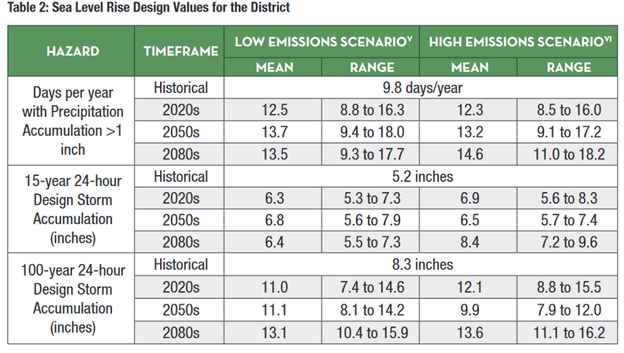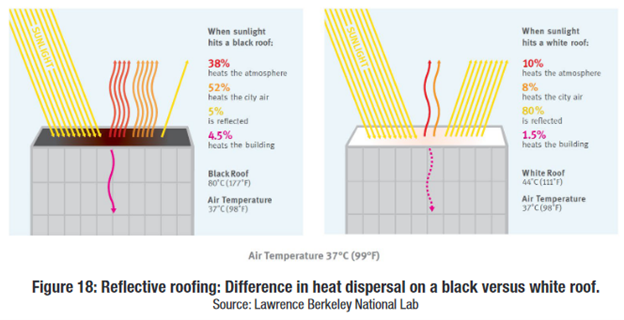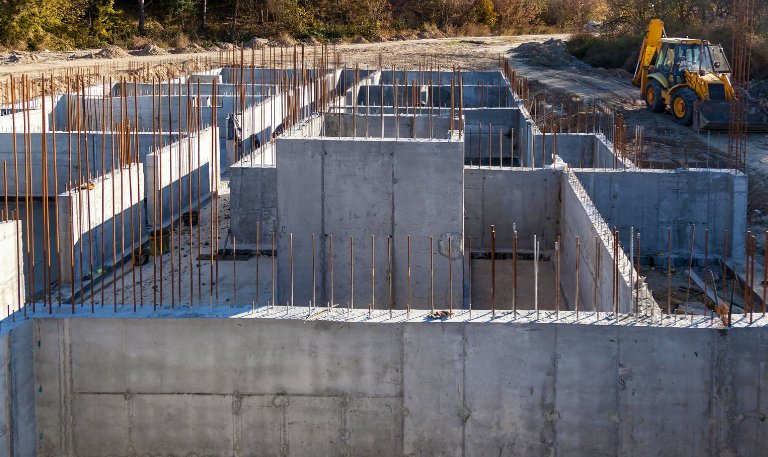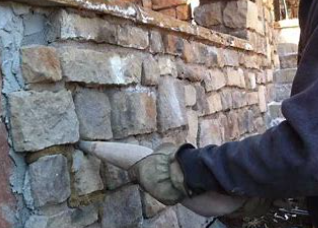Resilience is in Vogue
I was recently sent Climate Ready DC: Resilient Design Guidelines and was impressed. It makes a solid case about what is motivating our need to build more resiliently, and some potential strategies to address these challenges. As someone who has spent many years working in/around sustainability, it seemed to sell short just how unprepared the built environment truly is.
I want to start with Table 2, which characterizes what we should be expecting when we construct a new building that easily has a 50+ year lifetime. What should stand out is where 2020 is versus historical, that is what standard should we conservatively be building to now.
- +3.7 days of >1 inch rainfalls (38% increase)
- +1.1 inches in the 15 year design storm (20% increase)
- +2.7 inches in the 100-year design storm (25% increase)

To admit that we are currently under-engineering our buildings by 20%-40% would be criminal. But that is what we are doing. It only gets worse when we extend the time horizon to the end of a building’s lifetime, or we cross into a worse emissions scenario.
And while it’s not really possible to assign fault, it’s clear that building owners aren’t going to suddenly pony up funds to construct buildings well above what is required by code. We can have all of the discussions we want about lower operations and maintenance costs, but I guarantee you nearly every calculation is rendered moot if you have to rebuild the building. With that in mind let’s delve a bit deeper into the Guidelines for some insights.
Wood
We need to transition away from largely building with wood. Heat, humidity, and moisture are the mortal enemies of wood. For the area, every climate projection shows us getting warmer and wetter. Yet, we still insist on wood. The termites will thank us later. We should be thinking concrete, steel, and masonry if we want to build resiliently.
Roofs
Roofs present a different challenge—it is the site of a lot of competing interests. The need to elevate building systems, site renewable power generation, and provide additional green space/space for amenities. There are pro/cons to each, and to make an across the board generalization would be to ignore the nuance of this discussion. That being said, I did want to leave you though with two thoughts.
1. The difference between a light colored and a dark colored roof is pretty substantial, and doesn’t limit the functionality of the roof.

2. Green roofs aren’t always a good use of limited space.
- Ineffective: They don’t avoid many of costs associated with stormwater since they aren’t built to handle more than 1” of water.
- Weight: They are quite heavy, adding significant dead and live loads to a structure.
- Maintenance: They need to be tended and maintained, requiring access which also presents additional considerations around safety.
- Large Space: Space isn’t available for other loud and bulky mechanical systems. Recent pushes have been to elevate mechanical systems to avoid flooding.
- Water Damage: They present a substantial flooding risk
- Expensive: They are very expensive, and usually get value engineered out pretty quickly.
Decentralizing Stormwater Management
We need to prioritize practices and systems that gets water back into aquifers where it falls— prioritizing infiltration over centralized systems. We also need systems that realistically work with how we as a society function and how we want our built environment to work.
Things to keep in mind as we decentralize
- Existing spaces and designs can serve multiple purposes. Roadways and planter boxes can permit infiltration
- Low to no maintenance solutions are preferred
- Avoiding channeling water—more, smaller structures keeps velocity and volumes down. Stormwater pipe networks can get expensive.
- Function before form—pretty plants aren’t usually the most resilient
- Look at total cost of ownership.

VP of Business DevelopmentAaron Fisher
Latest News

4 Ways To Reinforce Concrete
Concrete is one of the most fundamental materials used in construction. If you’re working on a domestic project or a […]

The Environmental Benefits Of Using Ready-Mix Concrete
The construction industry is changing quickly to meet the growing demand for sustainability and eco-friendly practices. One of the most […]

6 Essential Tips For Grouting Stone Veneer
Grouting stone veneer is an important step in the installation process that can significantly impact the overall look and durability […]

Should You Fill Hollow Concrete Blocks?
Hollow concrete blocks are widely used in construction due to their strength, versatility, and lighter weight compared to solid blocks. […]
